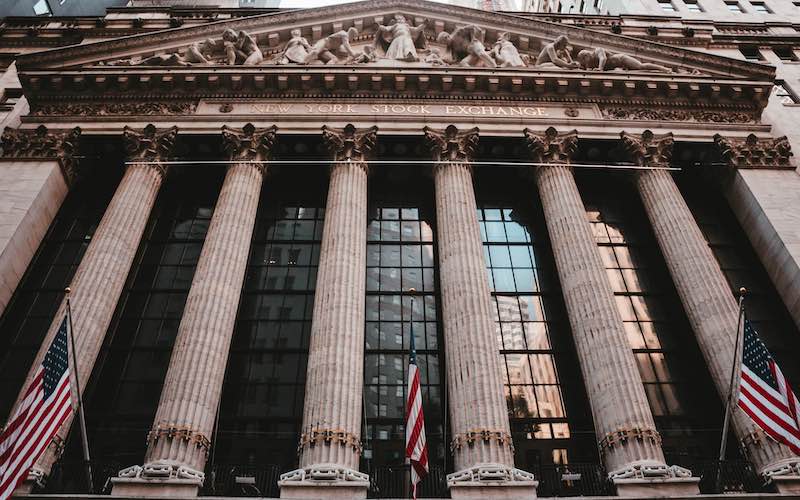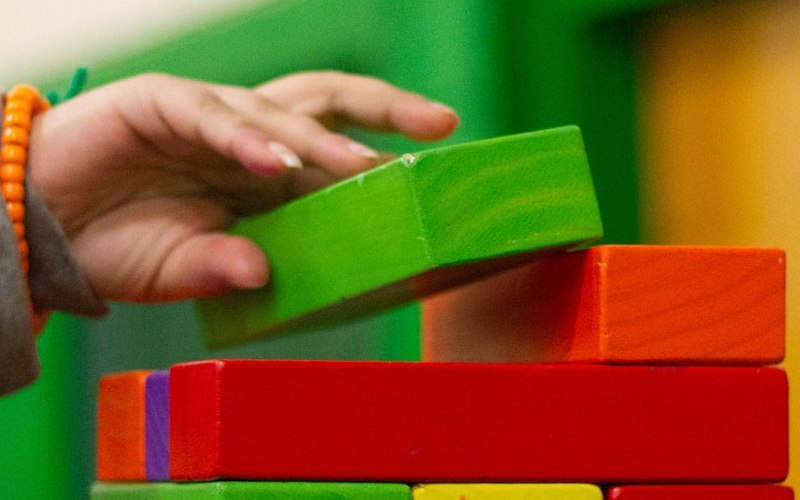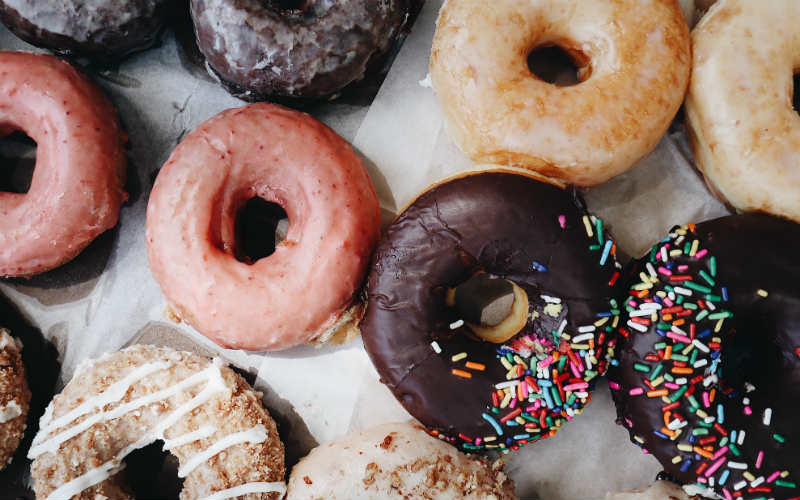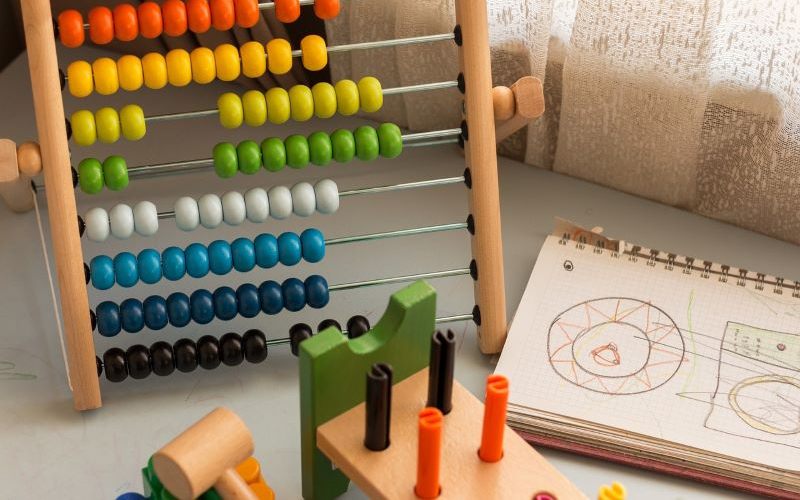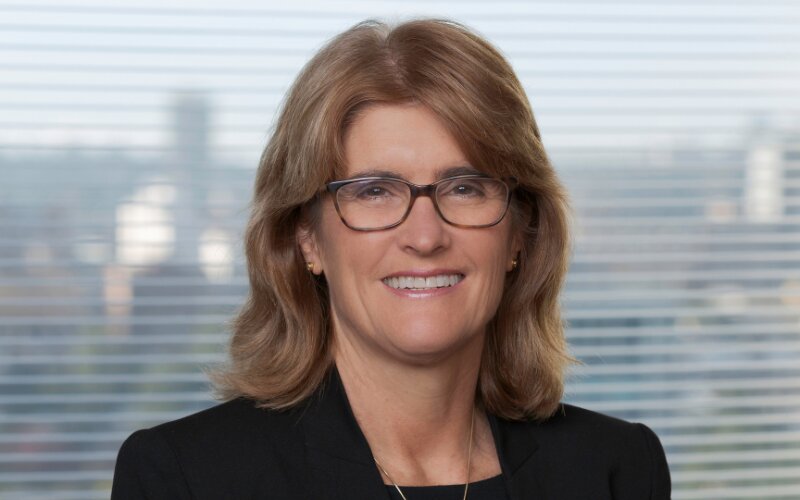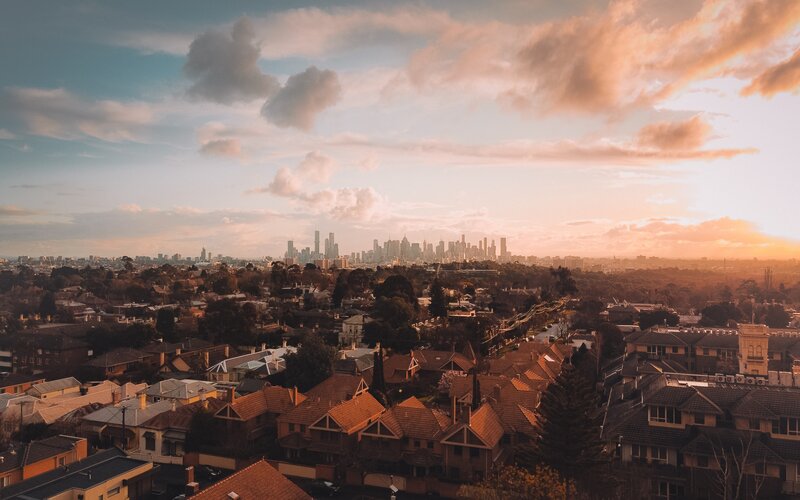The major banks' economics teams think that prices rose between 0.8 and 0.9% from April to the end of June.
That would mean annualised inflation of 2.3% or less, the lowest since March 2020 to March 2021.
Underlying inflation, which excludes volatile prices like food and fuel, is expected to be between 0.6 and 0.7%.
That would mean annual underlying inflation remains well within the target range (2-3%) and still on the way down towards about 2.5%, the long term target.
After unemployment unexpectedly jumped to 4.3% in June, these key ingredients could lead to the RBA cutting the cash rate on 12 August - although the July hold shows the RBA isn't afraid of a shock.
However, after the July announcement Governor Michele Bullock confirmed the board were just "waiting to confirm whether inflation was back on track" before cutting.
Price increases in line with these predictions could be deemed enough justification to cut in August.
Another 0.25% cut would leave the cash rate at 3.60%, and according to the ASX RBA tracker as of Monday 95% of the market were expecting this to be the outcome.
Q2 inflation forecasts
| Headline | Underlying | |
|---|---|---|
| CommBank | 0.8% q/q, 2.2% annual | 0.7% q/q, 2.8% annual |
| Westpac | 0.9% q/q, 2.3% annual | 0.7% q/q, 2.6% annual |
| NAB | 0.8% q/q, 2.2% annual | 0.7% q/q, 2.7% annual |
| ANZ | 0.8% q/q, 2.1% annual | 0.6% q/q, 2.7% annual |
| RBA (May Statement on Monetary Policy) | 2.1% annual | 2.6% annual |
Any upside risk?
The prognosis for the August monetary policy decision might change if Q2 inflation comes in significantly above these forecasts.
CommBank economist Harry Ottley believes the "bar not to cut is high", but nevertheless acknowledged the possibility inflation might still have a sting in the tail.
"Analysts at the RBA will be well aware that risks are skewed for the upside. Indeed, this is one of the reasons given for the Board's caution in July," he said.
The monthly inflation indicator for May suggested inflation was moderating, but Ms Bullock all but confirmed in July the RBA doesn't put much stock in those numbers.
"The monthly CPI is not a full CPI, each month has different components in it," she said at the post-decision press conference.
"The number we like to see is the quarterly [CPI] because that gives us the best reading."
A double-sized cut?
Per the ASX RBA tracker (which is based on cash rate futures trading - basically people who bet on RBA decisions) a significant portion of the market is expecting the RBA to cut by 50 basis points rather than 25 in August.
Unemployment is now above RBA forecasts and with President Trump talking tough on tariffs again, concerns could reemerge about the possibility of a significant economic slowdown.
On Monday, Mr Trump suggested the US could impose a new minimum tariff of 15-20%, which could include exports from Australia.
However Ms Bullock and the RBA have maintained for a long time they will be "cautious" about cutting rates despite volatility.
"We've been cautious for a while now and I think it's paying off...you just have to look at where we are and we can continue this approach," Ms Bullock said earlier in July.
Picture by Kevin Laminto on Unsplash

Ready, Set, Buy!
Learn everything you need to know about buying property – from choosing the right property and home loan, to the purchasing process, tips to save money and more!
With bonus Q&A sheet and Crossword!


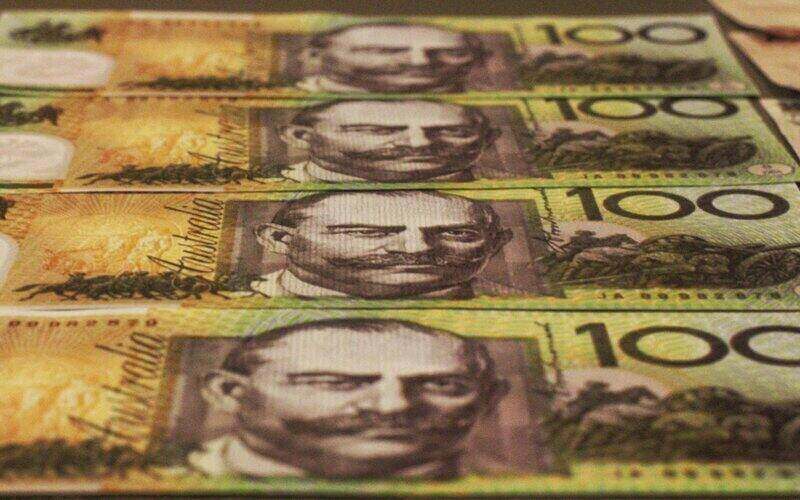
 Harry O'Sullivan
Harry O'Sullivan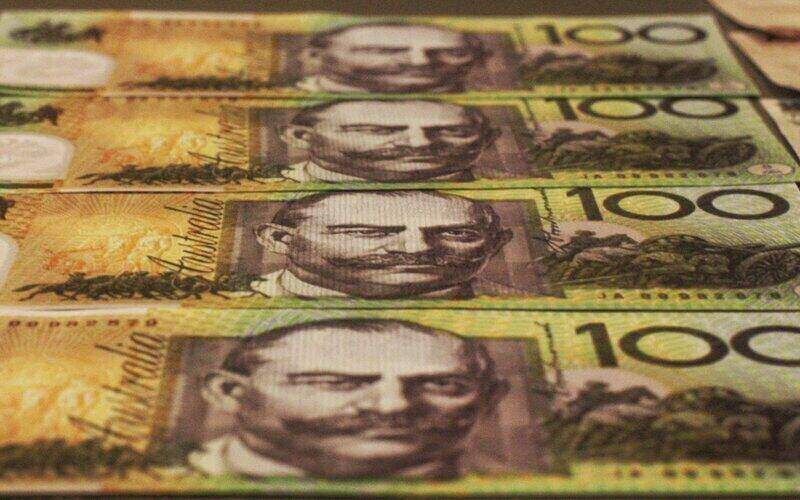
 Brooke Cooper
Brooke Cooper